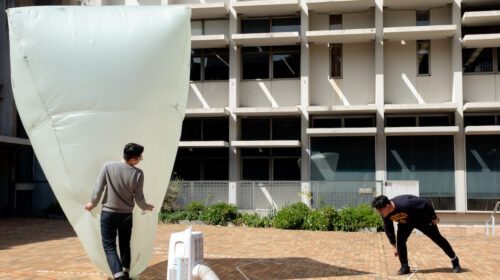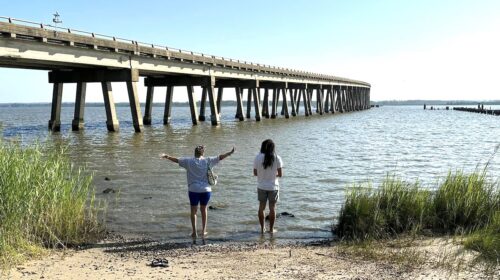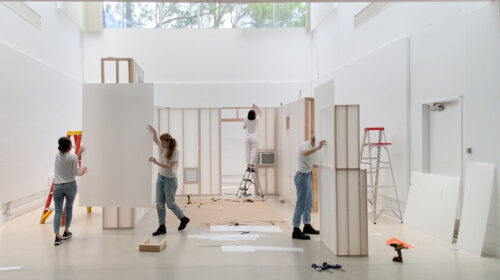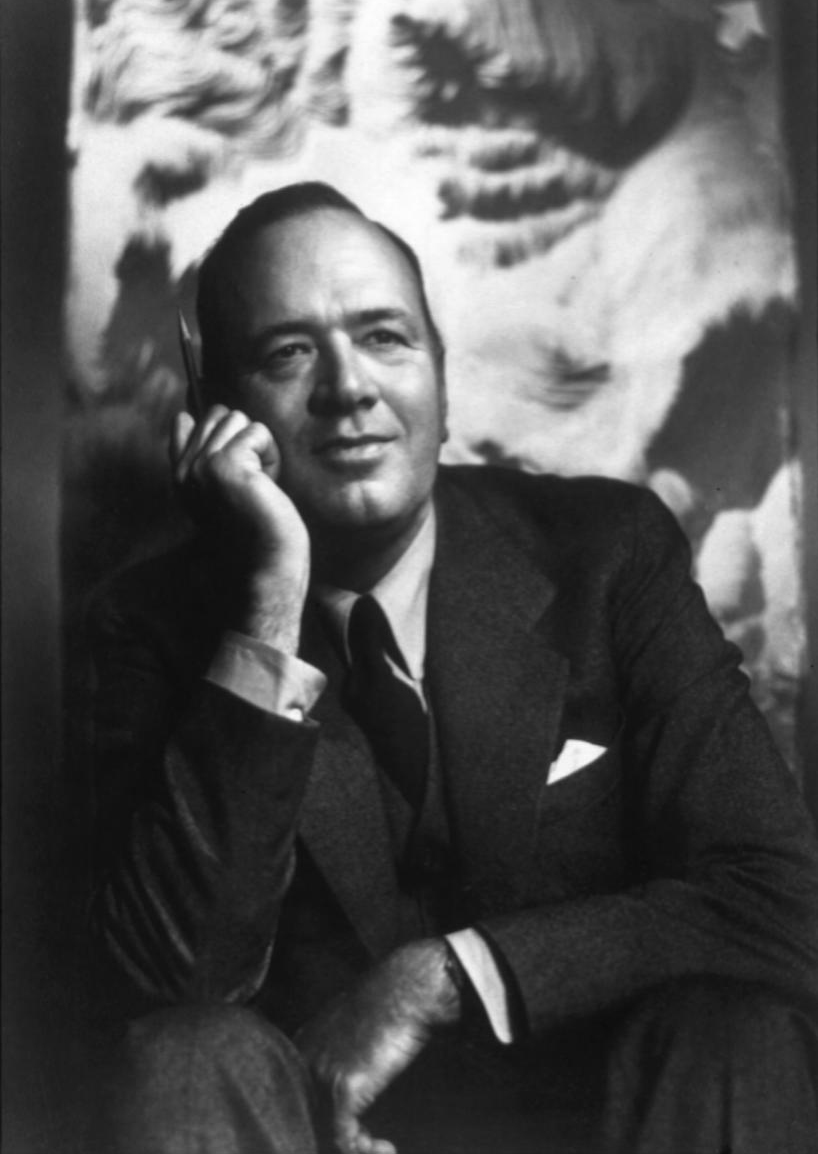
About CED
Out there. On the edge. Idealistic. That’s Berkeley: on the rim of the continent, we’ve always looked toward the future, the unknown, the not-yet-possible — and made it possible. “The future happens here first,” we like to say.
At Berkeley, we’ve always been environmentalists, learning to build with nature. We’ve always valued inclusion, welcoming students from all over the globe. We’ve always been focused on how the built environment can improve the lives of everyday people and marginalized communities. We’ve always been a place where each person can — and will — follow their own passions and own ideas, especially when others are skeptical.
Now, it seems, other schools are catching on. But these values — of social equity, inclusion, and fairness; of stewarding the environment; of experimentation and innovation— run deep here, at the far west of the country, facing out to the Pacific.
We invite the next generation of designers, planners, scientists, and thinkers to join us in this forward-looking endeavor. We aim to empower you to build better environmental futures, inspire and lead your professions, and serve your communities through practice and public service.
Together, we can make change, designing solutions to meet today’s challenges and the challenges of tomorrow.
TOP PUBLIC U.S. UNIVERSITY FOR ARCHITECTURE + THE BUILT ENVIRONMENT

The College of Environmental Design — the top-ranked public school in the U.S. for architecture and the built environment (2025 QS World University Rankings) — is UC Berkeley’s home for theory, research, innovation, and practice focused on the built environment.
Housing the Departments of Architecture, City & Regional Planning, and Landscape Architecture & Environmental Planning, as well as the Institute of Urban & Regional Development and five affiliated research centers, the college is an interdisciplinary creative community dedicated to solving the world’s most pressing environmental problems.
Research and teaching focus on design excellence, climate solutions, equity and social justice, and new materials and technologies. CED is located in Bauer Wurster Hall, named after architect and founding dean William W. Wurster and housing expert Catherine Bauer Wurster.
FROM THE DEAN
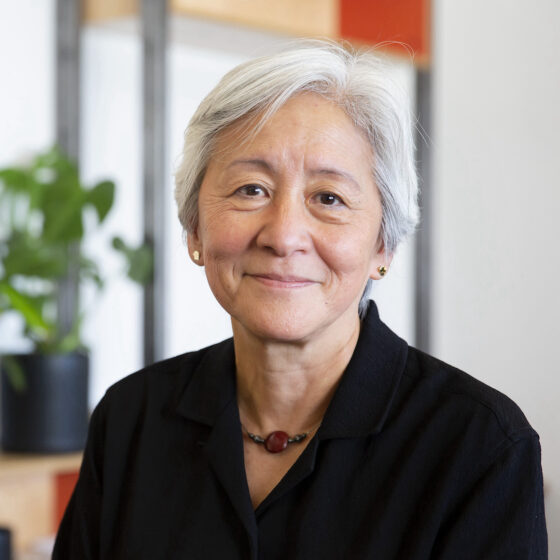
UC Berkeley’s College of Environmental Design is at the forefront of solving the environmental challenges of the 21st century. Through research, experimentation, and design inquiry, we are leading the way toward creating communities that are equitable, resilient, and culturally vibrant. We believe that how and where we live matter.
The complexity of today’s challenges — the urgent need for resilience in the face of wildfires, sea level rise, and drought; for healthy, affordable, and inclusive neighborhoods; and for just, transit-rich, and economically thriving cities — requires multidisciplinary solutions. As the first college to unite the disciplines of architecture, planning, and landscape architecture, CED pioneered an integrated approach to analyzing, understanding, and designing our built environment that continues to inform its work today.
Today’s students have inherited unprecedented global challenges that could not have been foreseen when the college was founded in 1959. This legacy will require radically new ways to fashion the buildings, places, and landscapes that harbor our diverse ways of life.
Our faculty includes designers, planners, researchers, data scientists, policy specialists, historians, and technologists who approach the built environment as a network of interwoven systems at multiple scales, from the individual dwelling unit to regional watershed plans. We think globally but act locally, understanding buildings, cities, and landscapes as products of specific histories, societies, economies, materials, and systems.
This diversity of perspectives informs our expansive curriculum, which encourages exploration across disciplines. The college’s students come from all over the world and reflect the diverse communities in which we live and work.
As part of the nation’s top public research university, in a region alive with entrepreneurship, we not only envision different ways of living in the world but also act on that vision by working with industry partners and local communities. Our graduates go out into the world eager to make a meaningful impact on people’s lives and the health of our planet.
Renee Y. Chow
William W. Wurster Dean
Research + Design
Degree Programs
Undergraduate
BA, Architecture
BA, Landscape Architecture
BA, Urban Studies
BA, Sustainable Environmental Design
Graduate
Master of Architecture
Master of Landscape Architecture
Master of City Planning
Master of Urban Design
Master of Real Estate Development + Design
Master of Design
Master of Advanced Architectural Design
Master of Science in Architecture
PhDs in Architecture
PhD in Landscape Architecture & Environmental Planning
PhD in City & Regional Planning
